Concepts in Valuation
Original price was: ₹175.00.₹157.00Current price is: ₹157.00.
- Name of the Textbook: Concepts in Valuation
- B.com: 2nd Sem
- Author: Bimal Jaiswal & Leena S. Shimpi
- Publisher: Sahitya Bhawan Publications
- Language: English
- Book: New
- ISBN: 9789388408424
- Pay on Delivery: Delivery 3-7 working days
- Return/Replace: 5 Days Replacement/Return Policy
- Cancellation: Not allowed
- Cashback: Pay with Paytm gateway and get 5% refund in 24 hour

10 in stock
Description
Concepts in Valuation Book For B.Com Semester II of Lucknow University as per the new Syllabus.
Investment decisions are the most vital decisions for any business corporation. The success or failure of a business and also its growth highly rely on these decisions. The world has witnessed unprecedented growth in financial markets over the past few decades. Investment in financial assets is seen as the most prospective investment by corporations as well as individuals. In India, the security markets have grown parallel with the Indian economy. New innovative financial tools were introduced in the security market in the last two decades. Looking at the prospects of growth many individual investors have also diverted their savings to the security markets, which increased the capital flow in the economy.
In the first chapter the concept of ‘Time value of money’ is explained. It begins with an understanding of the concept of interest and further explains the computation of Simple interest & Compound interest. The concept of present value and future value are discussed in detail in the concluding part of the chapter. The investment decisions are totally dependent on the time value of the cash flows arising from the investment decision and therefore a clear understanding of the concept is necessary.
The second chapter deals with ‘Annuity’.Various types of annuity are explained with the computation of their present value and future value. The chapter includes computation of ordinary annuity, annuity due; perpetuities, etc with detail explanation and its computation. The chapter also includes a discussion on the computation method of cash flow with uneven cash flow streams. Also, the concept of net present value in relation to the financial decision is included in the chapter.
The third chapter introduces the concept of ‘Fixed Income Securities’. The capital market deals with valuation and trading of securities like Bonds & Debentures which carry a fixed cash flow in the form of interest. There are various kinds of bonds classifies on the basis of the maturity period, the explanation to all is included in the present chapter. The different valuation methods are explained in detail. The chapter also includes the valuation of preferred stock (preference shares) as they have similar qualities with reference to cash flows.
The fourth chapter covers the valuation of ‘Common Stock’. Common stock or commonly known as equity share are different from bonds as they do not carry any fixed income charge and they do not have any fixed maturity period. The cash flow in the form of a dividend from an equity share is uneven and variable. Thus their valuation is complex and needs a detailed understanding of the methods.
The fifth chapter is devoted to the concepts of the security market. It briefly covers the common quoted used in the share market &capital market. The method of interpretation of financial data is explained in a very simple layman language. Although the chapter gives just the insights into the security market, the objective was to give an overall idea of the ways in which stock market data is presented and analyzed.
A new sixth chapter on Capital Market (Primary and Secondary) has been added in this edition and some new Multiple Choice Questions based on examination papers and Very Short Answer Type Questions have been included in the book.
The book best suits B.Com, B.Com.(Hons.), BBA, BBA (International Business), BBA (Management Science), M.Com, MBA, MBA (International Business), Postgraduate Diploma in Banking courses of many Universities and its affiliated Colleges/Institutes.
Concepts in Valuation Lucknow University B.Com Semester II Paper VI
UNIT-I: Calculation of Simple Interest, Compound Interest, Present Value, and Future values.
UNIT-II:Annuity: Ordinary annuity, annuity due, the future value of an annuity, determining the present value and future value of an annuity, Compounding frequency, the present value of perpetuities, the present value of uneven cash flow streams, the present value of deferred annuities, Net present value.
UNIT-III: The characteristics of fixed-income (debt and preferred stock), interpreting financial market data, including stock and bond price quotations, capitalization of cash flows from the asset and the risk-free rate. The value of a bond with a finite maturity date, the yield to maturity of a bond, the value of a perpetual bond/perpetuity, Preferred stocks.
UNIT-IV: The characteristics of variable income (common stock) securities – Stockholder rights Features, Advantages, and disadvantages, Methods of selling securities in the primary capital markets – public, cash offers, Direct placement, Rights offering to shareholders. The general dividend valuation model, constant growth dividend valuation model, Zero growth dividend valuation, non-constant growth dividend valuation model.
Concepts in Valuation Book Contents
- Concept of Value: [Introduction, Some Common Terms, Interest- Simple Interest, Compound Interest, Interest Compounded Continuously, Interest is Compounded At Different Rates, Future Value & Compounding Technique, Present Value and Discounting Technique, Exercise]
- Annuity: [Introduction, Definition, Some Basic Terms, Types of Annuities, Ordinary (Immediate) Annuity- Future Value of Annuity, Present Value of Annuity, Continuous Compounding; Annuity Due- Amount and Present Value of Annuity Due, Difference Between Ordinary Annuity and Annuity Due, Deferred Annuity- Present Value of Deferred Annuity, Continuously Compounding, Perpetuity, Net Present Value, Exercise]
- Valuation of Fixed Income Securities: (Debt and Preferred Stock) [Introduction, Factors Affecting Value, Capitalised Value of Asset (Capitalisation of Cash Flow From the Asset), Required Rate of Return, Basic Valuation Model, Bonds: Salient Features, Bonds Values, and Yields, Bond Valuation Behaviour, Yield to Maturity, Valuation of Bond: Amortisation of Principal, Valuation of Preferred Stock, Exercise]
- Valuation of Variable Income Securities: (Common stock) [Features of Common Stock, Rights of Common Shareholders, Advantages of Common Stocks, Disadvantages of Common Stocks, Methods of Selling Securities in Primary Capital Market, Valuation of Common Stock, Accounting Concept of Valuation of Equity Shares, Valuation of Equity Shares Based on Dividends, Valuation of Equity Share-Based on Earnings, Exercise]
- Interpreting Financial Market Data: [Technical Analysis, Charts, Interpretation of Financial Data Relating to Bonds, Exercise]
- Capital Market: Primary and Secondary
[Meaning, Features, Objectives, Functions, Organization Structure, Capital Market Institutions, Difference Between Money Market and Capital Market, Capital Market Instruments, New Issues Market. Primary Markets: Meaning, Features, Need, Role, Functions, Advantages, Methods of issuing new securities, Intermediaries, Secondary Market: Introduction, Components, Features, Importance/Advantages, Disadvantages, Functions, consociation of primary and secondary markets, Difference between primary
and secondary markets, Instruments, International Reputed Secondary Markets, Role. SEBI: Constitution, Reasons for the establishment, Purpose and Role, Objectives, Functions, Powers, SEBI in the secondary market, Exercise.]
- Very Short Answer Type Questions
- Multiple Choice Questions
- Additional Multiple Choice Questions
- Tables
- Log And Antilog Tables
You must be logged in to post a review.




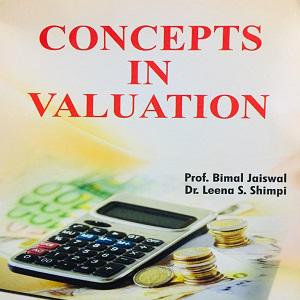

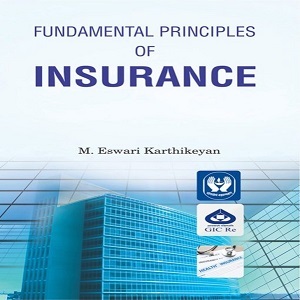
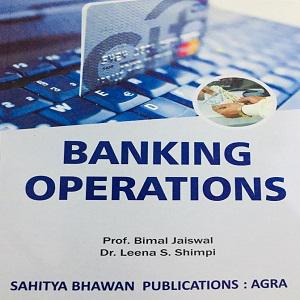
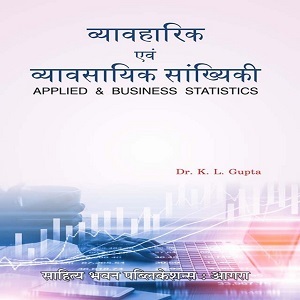



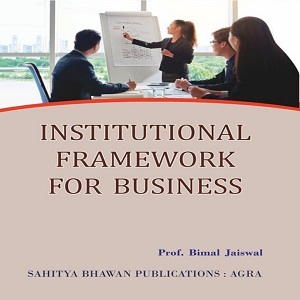






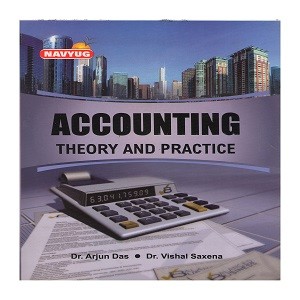

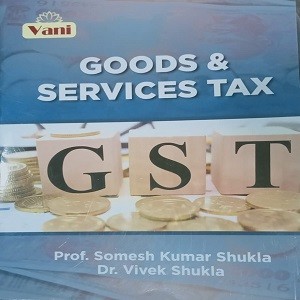
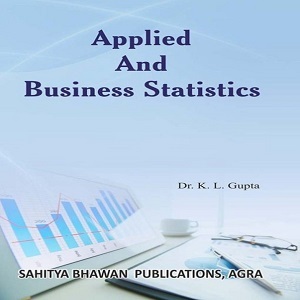









![आयकर विधान एवं लेखे [Income Tax Law & Accounts]](https://anjanibooks.com/wp-content/uploads/2021/06/1.-Income-Tax-Law-Accounts.jpg)

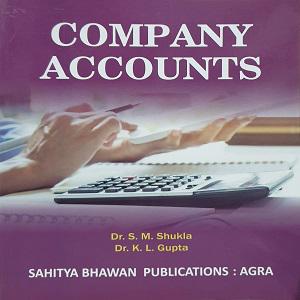

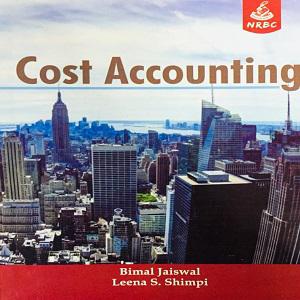

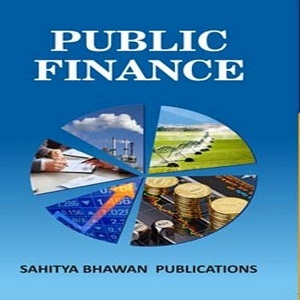













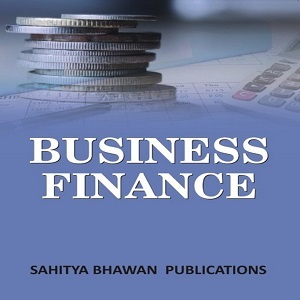











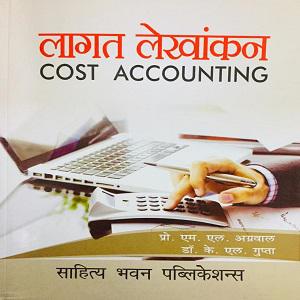
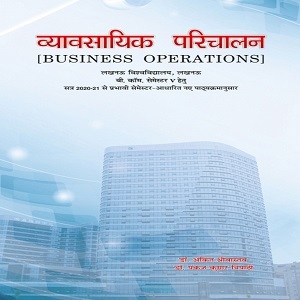






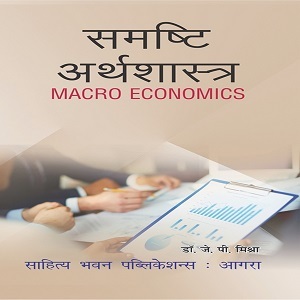




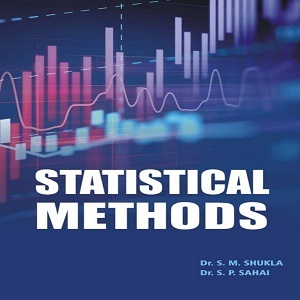





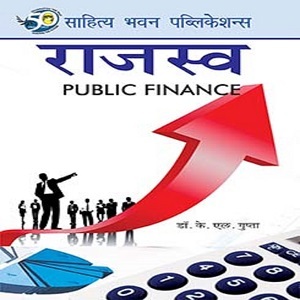




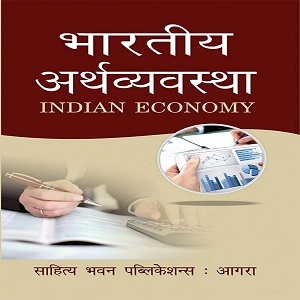


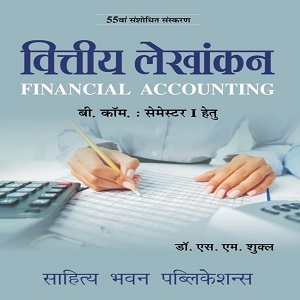





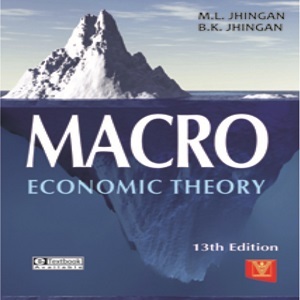

Reviews
There are no reviews yet